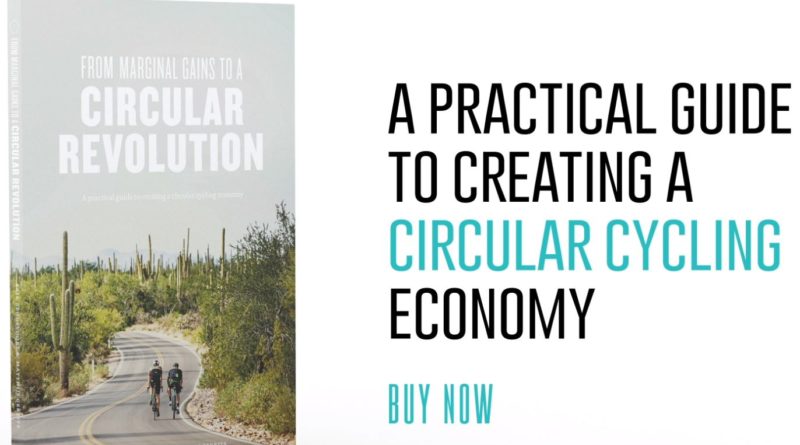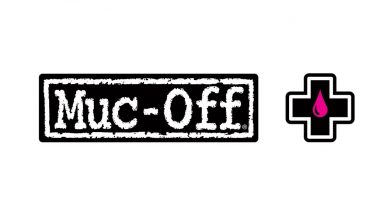Circular Cycling book shines spotlight on trade’s sustainability record
A new book from Circular Cycling titled ‘From Marginal Gains to a Circular Revolution’ has published with the brief to shine a spotlight on to the bicycle trade’s sustainability credentials.
Authors Matthijs Gerrits and Erik Bronsvoort have been tinkering with bikes since the 1990s, each adopting the N+1 philosophy on how many bikes they should own. That was until they begun to research issues related to climate change and intensive use of resources. For careers, Bronsvoort brought to the table knowledge from the construction industry where he plotted sustainability plans, while Gerrits landed in the cycling industry managing IT.
Though the subject of sustainability is increasingly getting attention in the bicycle world, the pair said they came to realise the bike industry had its own problems in wasteful use of materials and less that environmentally friendly practices. They proceeded to devise a business model that could become circular from manufacturing to the rider and back again. The book is the result of two years of dirty hands building UpCycles – new bikes made from used parts – and research into the circular cycling economy.
Speaking to CyclingIndustry.News, Bronsvoort outlined that the book has a long-term vision that calls for greater emphasis on bicycles, equipment and clothing made from renewable plant-based materials, or re-used and recycled parts.
Offering an extract from the book, he explains:
“We are entering dangerous territory now. We do not have all the knowledge and ideas, nor the money and power, to successfully make the transition to a circular cycling economy on our own. We do not want to blame anyone for the situation we are in today, because we are all part of the same system. Nor do we want to dismiss the creativity of the cycling industry. With our ideas, we would like to contribute to an industry that will be able to make a fair profit, without causing waste and pollution. The business models we introduce are based on the assumption that customers will not change the amount of money they will spend on a bike, but that they will spend their money differently.”
Among the themes explored in Circular Cycling there are three addressing design of bike products that the duo believes the industry can begin to address immediately.
The first suggests that some products are, intentionally or not, designed to fail. Comparing bike industry practice to perhaps the most commonly cited example of goods ‘designed to fail’ – the 1924 1,000 Hour Life Committee’s pledge to see lightbulbs last no more than 1,000 hours – the book suggests that many bike parts makers can also be guilty due to materials chosen and placement of these in manufacturing.
Bronsvoort writes: “Bike parts fail because, for example, too little material was used in critical places. Often this concept is justified with the argument that a product needs to be as light as possible. An example is a saddle, which hardly ever outlasts a frameset because it cracks at the bottom of the shell. A little extra material would make them last forever. Instead, the entire saddle is thrown away, and a new saddle is picked up at the shop.”
The book latterly addresses the notion that products are designed to become outdated, as well as ‘out-fashioned’, thus keeping the consumer engaged in a cycle of buying behaviour.
Aside from the book, the pair are now offering their insight to brands that wish to explore the subject of sustainability in design, production, delivery and end of life. 60-minute consultancy sessions are now offered via the author’s site.
From marginal gains to a circular revolution is now available to purchase in book form via the website for €24.95, or €9.99 as an ebook download, or on Amazon.



